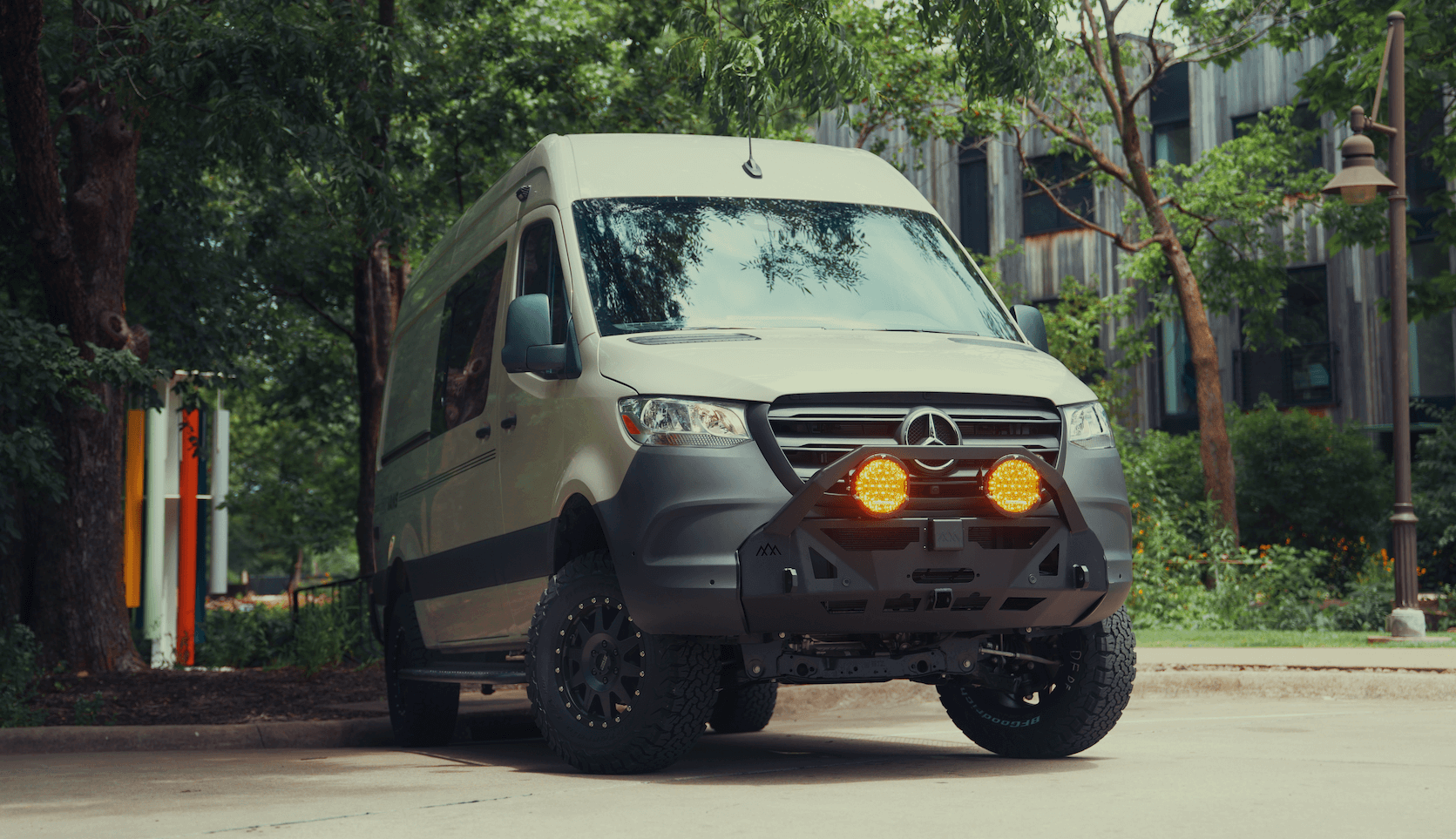Recreational Vans

Every water filtration system aims to reduce specific contaminants while preserving flow and taste. Most setups use stages that address different targets. A sediment filter catches grit, sand, and rust to protect downstream components. Activated carbon adsorbs chlorine, chloramine, volatile organic compounds, and many taste or odor compounds. Ion exchange resins can address hardness or certain heavy metals. Reverse osmosis forces water through a semi permeable membrane to remove dissolved solids, nitrates, fluoride, and many problem ions. UV treatment inactivates microbes such as bacteria and viruses by disrupting their DNA.
Two concepts shape performance. Micron rating describes the particle size a filter can trap. Lower numbers catch finer particles but can reduce flow. Contact time and media quality determine how well carbon handles chemicals. Pressure and temperature affect reverse osmosis output. With UV, dose depends on lamp intensity and water clarity. The best systems balance these tradeoffs to meet real world needs for drinking, cooking, and even showering.
Start with a water test or a reliable source report. Chlorine suggests a carbon block is essential. Chloramine calls for catalytic carbon. High sediment needs a robust prefilter stage, often at five microns followed by a finer stage if necessary. If dissolved solids or nitrates are high, consider reverse osmosis with a remineralization cartridge for better taste. For microbe risk in untreated sources, pair a fine sediment stage with UV or a rated hollow fiber membrane.
Flow rate and pressure matter just as much as contaminant removal. A kitchen faucet may require one to two gallons per minute, while whole house or shower lines need more. Undersized filters create pressure drop and frustration. Look for NSF, WQA, or IAPMO certifications that match your goals. NSF 42 covers taste and odor, 53 covers health related contaminants like lead and cysts, 58 applies to reverse osmosis, and 401 addresses emerging compounds. Certifications verify performance claims so you are not guessing.
Place sediment stages first to keep carbon and other media from clogging too quickly. Use shutoff valves and bypass loops to simplify service. In mobile installations, mount canisters vertically and secure plumbing to prevent vibration damage. Add an accumulator tank to smooth pump cycling. Consider a food grade tank, proper venting, and a fill port with a final filter to guard incoming water. For cold weather travel, insulate lines and locate components inside conditioned space to help prevent freeze damage.
Maintenance schedules depend on water quality and volume. Sediment filters may need monthly or quarterly changes if the source is dirty. Carbon blocks often last three to six months in point of use roles, longer in low demand settings. Reverse osmosis pre and post filters follow a calendar schedule, while membranes rely on total dissolved solids and flush routines. Replace UV lamps annually and keep sleeves clean for full dose delivery. A simple handheld TDS meter and a chlorine test strip can signal when service is due.
Point of entry treats all water entering a building, helpful for showers and appliances. Point of use targets drinking and cooking at a single faucet. Many households and travelers combine both strategies, for example a whole line sediment and carbon pair with a small drinking water system at the sink. Mobile rigs often use point of use to keep systems compact and efficient while still allowing a shower line to run through a simpler carbon stage.
Lakes, streams, and campground spigots can carry particulates, cysts, and microbes. A staged approach performs best. Use a coarse prefilter on the hose at fill time, then a fine sediment and carbon inside, and finish with UV or a rated final stage before the faucet. Keep hoses and funnels clean, sanitize tanks on a regular schedule with approved solutions, and avoid cross contamination by dedicating a potable hose to fill duties only. Label everything clearly.
In compact spaces, vertical canister stacks save room and simplify service. Quick connect fittings help with inspection and winterization. Pumps need enough head pressure for consistent flow, so match filters and membrane sizing to your pump curve. Add a low temp cut off or a drain procedure for winter trips. With the right design, you can draw from diverse sources with confidence, brew coffee that actually tastes like coffee, and protect your health without hauling cases of plastic bottles.
When your rig demands reliable, great tasting water, design matters as much as media choice. Our team builds complete mobile systems that pair the right stages, pumps, tanks, and controls for your travel style. We map flow, pressure, and space constraints, then install and test so your faucet delivers clean water on day one. If you are exploring a full build, see our recreational adventure vans. For a ground up design tailored to you, browse our custom van builds. If you want a platform that finances and can be upfitted with a complete water package, view our mainstream vans.
From Fayetteville Arkansas, we deliver tested systems and a smooth handoff experience. You get clear user training, service schedules, and a setup built for real roads. Clean water should be effortless. We make it that way.
Tell us where you roam and how many people you travel with. We will spec a water filtration system that fits your van, integrates with power and plumbing, and keeps your crew confident from trailhead to campsite. Start your build conversation today.
Ready to add safe, great tasting water to your van build? Tell us how you travel, and our team will spec, install, and test a complete water filtration system tailored to your routes and sources. Start your build plan now.
ADDRESS:
6159 E Huntsville Rd, Fayetteville, AR 72701
PHONE:
(479) 326-9200
EMAIL:
info@ozkvans.com